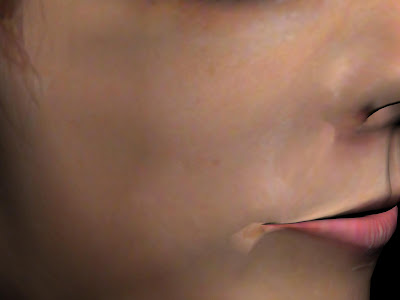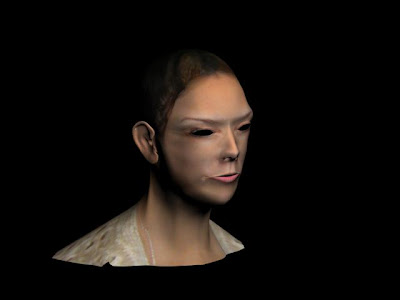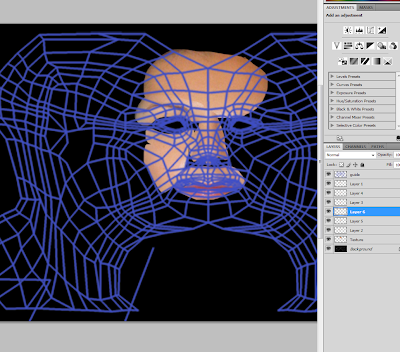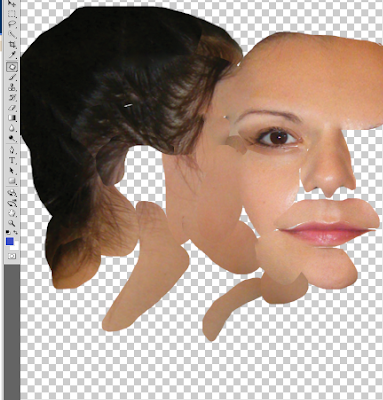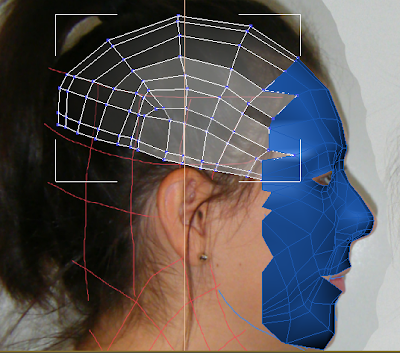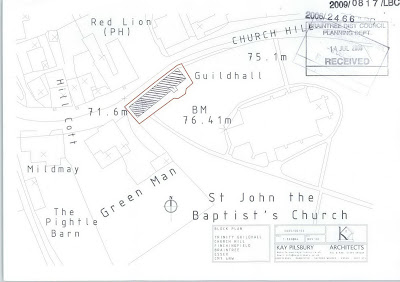Finchingfield Research 26/09/11
History
1470 - Grade 1 buliding. First built. Was a school room. Upper room used as celebratory room.
1500 - The reformation (started reign of King Henry VIII). Hall fell into disrepair until brought by Mildmay.
1620 - Robert Kempe brought and sold to villagers. Deeds state hall should be used as a school and almshouses and land was given.
1630-1658 - Civil war - what happened? Not much information.
1900's - only one occupant left in the almshouse early photo displaying render falling of building, generay air of decay.
1938 - the vicar wrote to Charity Commission and new scheme set up. War delayed repairs.
1950's - Repairs began
Many materials used to repair are modern. Some orginal features remain.
Restoration
English Heritage declared "at risk".
The project will:
- modern materials stripped out
- roof removed and repair
- timber frame repaired
- walls coated with lime render
- repairs to wattle and daub
- modern partions removed
- insulation, heating, kitchen amd wc facilities installed
Finchingfield Trip 30/09/11
Whilst on the Finchingfield trip I took notes from the talk we had from the guildhall trustees and around the tour I took pictures.
Notes taken:
The Guildhall has been part of the community for around 600 years. It was a Trinity guildhall and built in 1470 until the reformation in the 1600's. Mr Kemp sold the deeds to the gentelmen of Finchingfield and the original document can still be seen in Chelmsford records office.
It was mentioned when it was used as a school how the children were punished. Alms were given to the poor. When children left school and stayed in employment for 12 months they got 10 shillings and a bible and boys got a pair of boots.
They are records of it being used as a lock up and Mrs Beckles being the last inmate. 1959 Almshouses fell into disrepair, 1953 public meeting held, formed friends of guildhall. Converted into 4 almshouses, parish room and library. 1959, only women, spinsters of the parish were allowed in almshouses.
Was restored to library and not almshouses and celebration hall.
Leg family donated paintings, Mrs Tealeas, Shepard, Ladys gleansing, Map - was discovered in chest.
Gatling gun in library. Dody Smith lived in Fichingfield wrote 101 Dalmations also Norman Lewis another aurthor.
There was 6 trustees which had to include the vicar and the owners of Spains Hall. Has now been increased to 30 volunteers.
£1m donated from national lottery fund.
In 1818 there was a men only reading club.
